Coin Qianlong tongbao
A round copper alloy coin with a square hole in the centre, called fangkong qian 方孔錢. These appeared in various denominations, mostly as tongbao 通寶 (“ordinary currency”) coins, which were worth one monetary unit, and yuanbao 元寶 (“original currency”) and zhongbao 重寶 (“heavy currency”), which had a higher face value. Such coins were in circulation as standard money, in many varieties and denominations, from the time of Emperor Gaozu 高祖 (reigned 618–626), first emperor of the Tang Dynasty (618–907), until the end of the Qing Dynasty (1644–1912). The inscription on the coin usually consists of two characters, reading from top to bottom, indicating the name of the imperial reign or the single reign period (nianhao 年號) in which the coin was minted. The other two characters are read from right to left. On the left-hand side of the coin, we always find the character bao 寶 ... more
A round copper alloy coin with a square hole in the centre, called fangkong qian 方孔錢. These appeared in various denominations, mostly as tongbao 通寶 (“ordinary currency”) coins, which were worth one monetary unit, and yuanbao 元寶 (“original currency”) and zhongbao 重寶 (“heavy currency”), which had a higher face value. Such coins were in circulation as standard money, in many varieties and denominations, from the time of Emperor Gaozu 高祖 (reigned 618–626), first emperor of the Tang Dynasty (618–907), until the end of the Qing Dynasty (1644–1912). The inscription on the coin usually consists of two characters, reading from top to bottom, indicating the name of the imperial reign or the single reign period (nianhao 年號) in which the coin was minted. The other two characters are read from right to left. On the left-hand side of the coin, we always find the character bao 寶 (wealth, preciousness), which in combination with the character on the right means “currency” or “money in circulation”. This is most often the character tong 通 (circulate, be uniform, general, or universal), but often it is also yuan 元 (original) or zhong 重 (weight), which usually denote coins with a larger face value. Thus, the entire inscription literally means “money in circulation during the time of this or that emperor” or “during this or that period of the reign of a single emperor”. Coins from the time of the last, Manchu Qing dynasty have, in addition to the inscription in four Chinese characters on the obverse, an inscription on the reverse, usually indicating the location of the mint. It was originally written in Chinese, then in Chinese and Manchu, and finally only in Manchu.
The coin in the photo is quite worn, but the Chinese characters Qianlong tongbao 乾隆通寶 can still be easily read on the obverse, which means that it was minted during the reign of Emperor Qianlong 乾隆 (reigned 1735–1796 ), grandson of Emperor Kangxi 康熙 (reigned 1661–1722) and one of the most powerful emperors of the Qing Dynasty. The coin has a wide rim, which was characteristic of the period between 1740 and 1745. The inscription on the reverse is written entirely in Manchu script. On the left-hand side, from top to bottom, is the inscription boo ᠪᠣᠣ, which is a phonetic transcription of the Chinese bao and means “money”, “treasure” or “currency”. On the right, we can read the Manchu script Yūn, which is a transcription of the Chinese character Yun 雲. This stands for Yunnan 雲南 province and tells us that the coin was made in one of the many mints in Yunnan that were established there at that time due to the presence of copper ore. (MG)
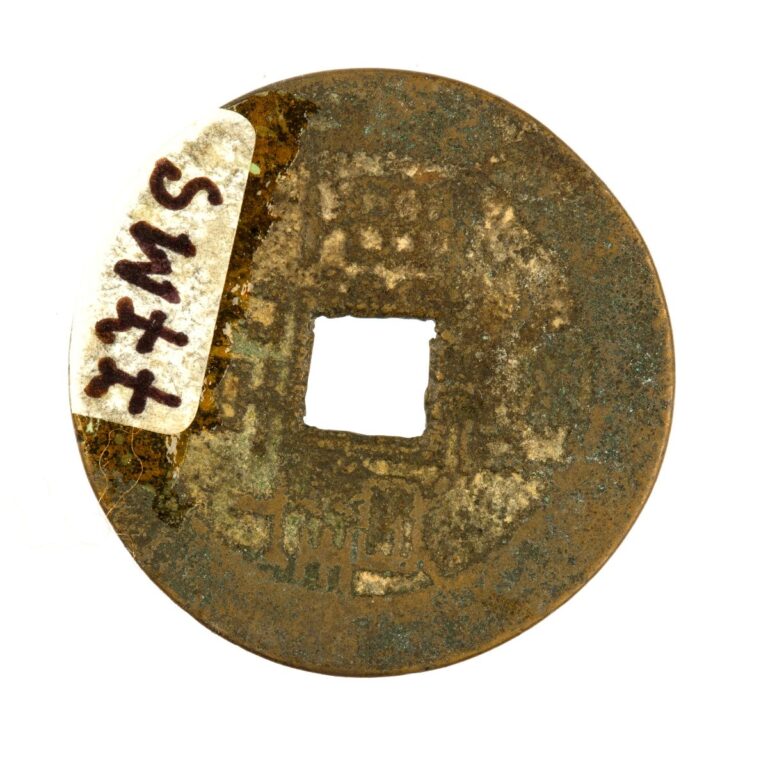
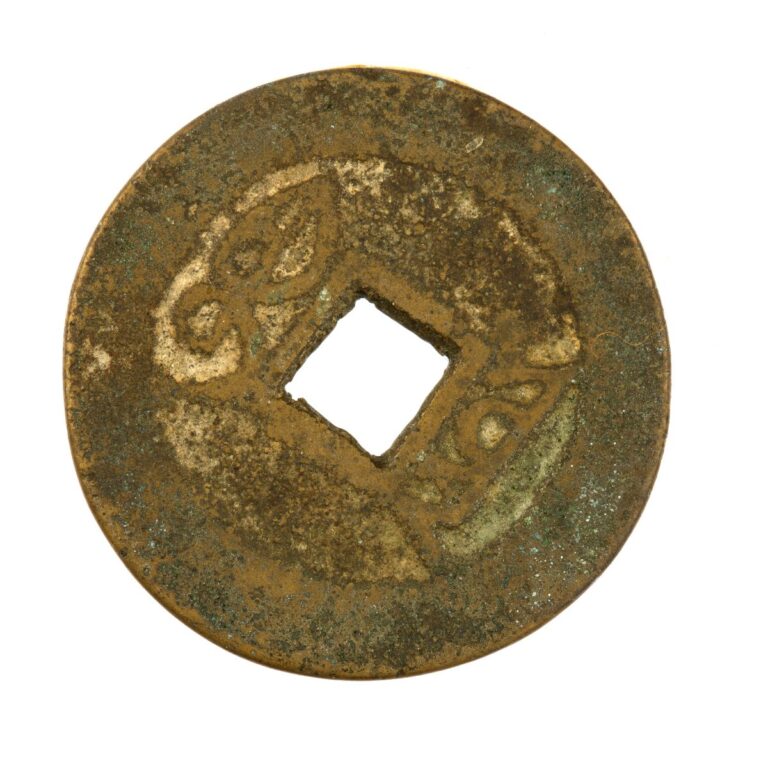
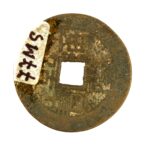
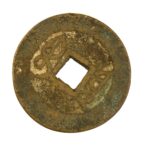

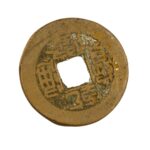

































Do you have a comment or additional information about the subject?